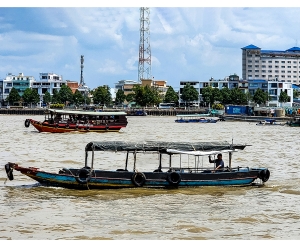Life along the Mekong river is tough. Continued tug between modernisation-cultural traditions …
Extreme seasonal variations in flow, with rapids and waterfalls … difficult navigation … but the Mekong remains a major trade route between Tibet and Southeast Asia.
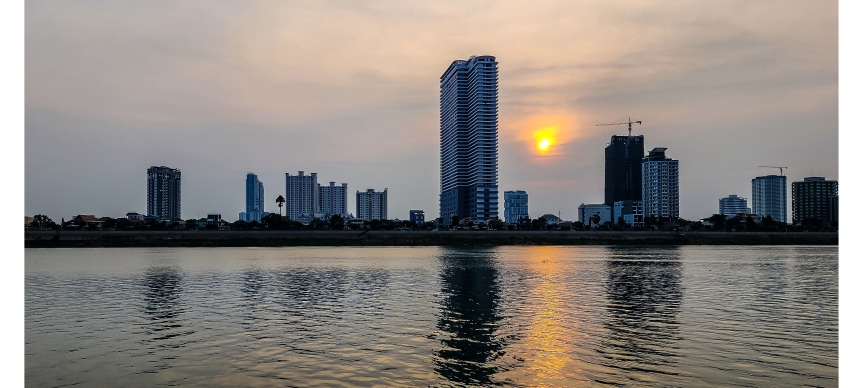
Where is it
Mekong River … world’s 12th longest river … 3rd longest in Asia – estimated 4,909 km (3,050 miles); drainage area of 795,000 square km (307,000 sq. miles) … discharging 475 cubic km (114 cu mi) of water annually.
Spanning 6 countries, the Mekong starts from Tibetan Plateau, south-west China, along Myanmar (Burma), through Laos, Thailand, Cambodia, finally enter South China Sea at Mekong delta, south Vietnam.
Hydroelectric dams, irrigation, water-supply dams have caused serious problems for river’s ecosystem and threaten drought …
‘Golden Triangle’ – tripoint of Myanmar, Laos and Thailand – confluence between Ruak River and Mekong – reputed notorious drug producing region adds to Mekong reputation.
How will this affect the Mekong? Only time will tell …
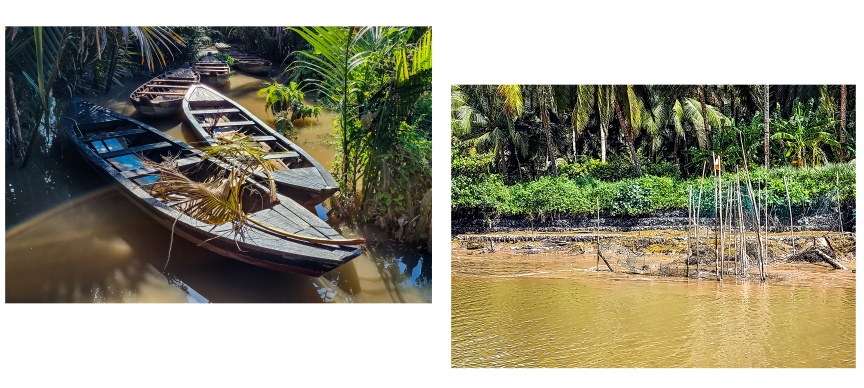
Unique Nature
At Phnom Penh, Mekong is joined by Tonle Sap River and lake system – tributary at Mekong’s low and floodwaters fills up lake at Mekong’s high – natural phenomenon.
About 24% of river in Upper Mekong basin, lies in Tibet, Yunnan, eastern Myanmar – contributes about 50% of sediment. Downstream from Yunnan is Lower Mekong basin flowing into complex delta system.
Forests and cultivation
Only 16% of lower Mekong is farmed under lowland terrace or upland shifting slash-burn cultivation – mainly for rice.
Forest cover has been steadily reduced; decimation from wars; resulting in sandy, saline soils – unsuitable for wet rice cultivation. But agriculture is intensive – glutinous rice, maize, cassava being main crops grown.
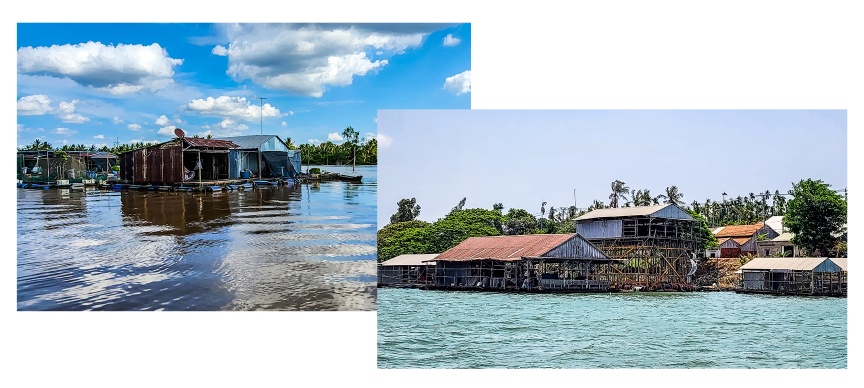
Most locals live in floating homes … pressure from agriculture expansion, limited forest cover and population increase cause drought and flood hazards.
In 1995 Laos, Thailand, Cambodia and Vietnam established the Mekong River Commission (MRC) to manage and coordinate use and care of Mekong. In 1996 China and Myanmar became ‘dialogue partners’ of MRC – working towards cooperation to river trade on the Mekong.
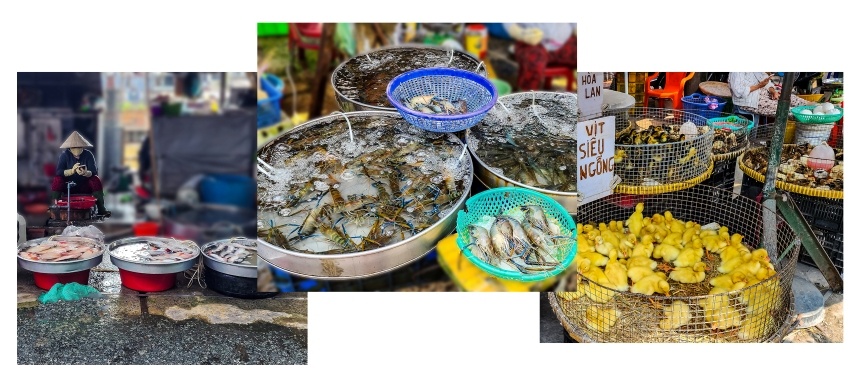
Biodiversity of Mekong
Do you know Mekong is one of richest biodiversity in the world – Greater Mekong Subregion has 20,000 plant species, 430 mammals, 1,200 birds, 800 reptiles and amphibians, about 850 freshwater fish species.
No other river is home to such diverse species of very large fish – Probarbus barbs grow (up to 1.5m/5ft length); weigh 70kg/150lbs; giant freshwater stingray (Himantura Polylepis) measure at least 5m/16ft length, 1.9m/6ft 3in width; endemic Mekong giant catfish (Pangasianodon gigas) grow up to 3m/10ft length, weighing 300kg/660lb.
Declining freshwater Irrawaddy dolphins (Orcaella brevirostris), smooth-coated Otter (Lutra perspicllata), endangered Siamese crocodile (Crocodylus siamensis) are found in small pockets along the Mekong.
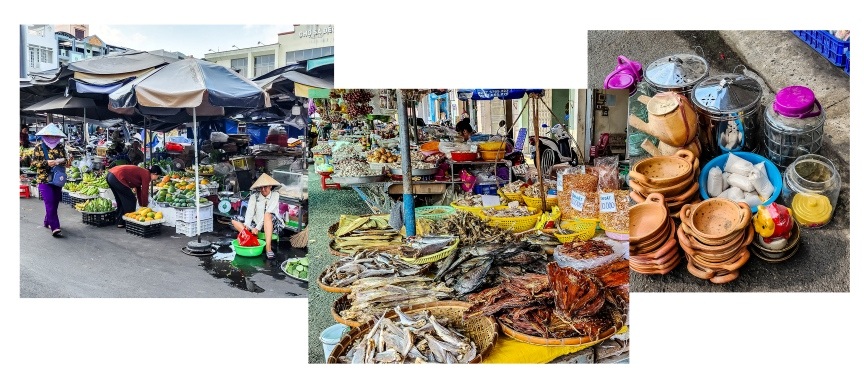
Protected areas
Some areas are protected –
• Headwaters of Mekong in Zadoi County, Qinghai, China, under Sanjiangyuan National Nature Reserve.
• Section flowing through deep gorges in Yunnan Province (Three Parallel Rivers of Yunnan Protected Areas, UNESCO World Heritage Site).
• Tonle Sap Biosphere Reserve Cambodia; largest lake in Southeast Asia, a UNESCO Biosphere reserve.
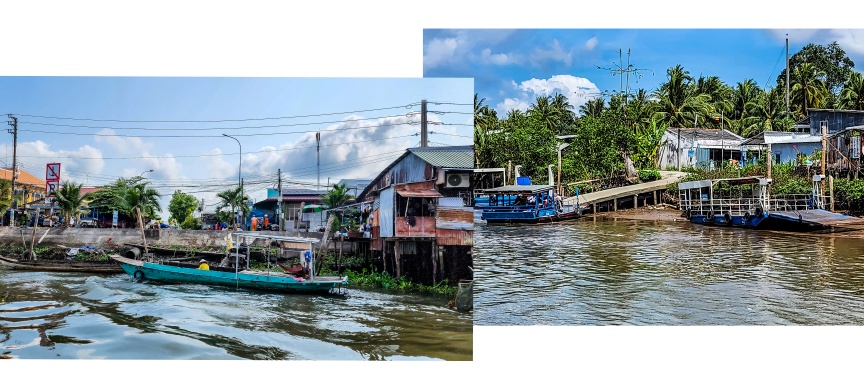
Fisheries
Commercially valuable fish species are ‘black fish’ – lives in low oxygen, slow moving, shallow waters and ‘white fish’ – lives in well oxygenated, fast moving deeper waters. Freshwater crabs, shrimp, snakes, turtles and frogs are termed ‘other aquatic animals’ (OAA) – accounts for about 20% harvested along the Mekong.
Both wild capture and aquaculture fisheries are common – wild capture being more accessible to rural locals for food and income.
Estimated 2 million tonnes of fish, 500,000 tonnes of other aquatic animals are caught per annum. About 40 million rural people, over two-thirds rural population in lower Mekong are engaged in wild capture fishery – source of cash income.
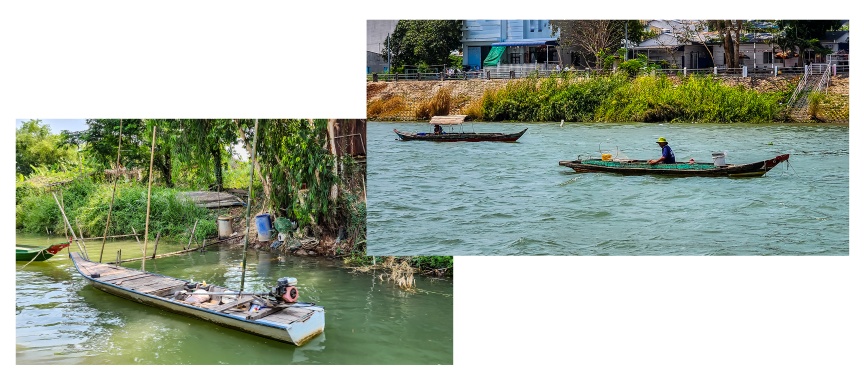
Navigation
For thousands of years Mekong River is a conduit for people, goods between towns on its banks; small boats linking communities, with about 300,000 tonnes of goods shipped each year- with expected increase of 8-11% each year.
Vessels for regional trade carry timber, agricultural products, construction materials; others haul vegetables, fruits, agricultural products and fertilisers.
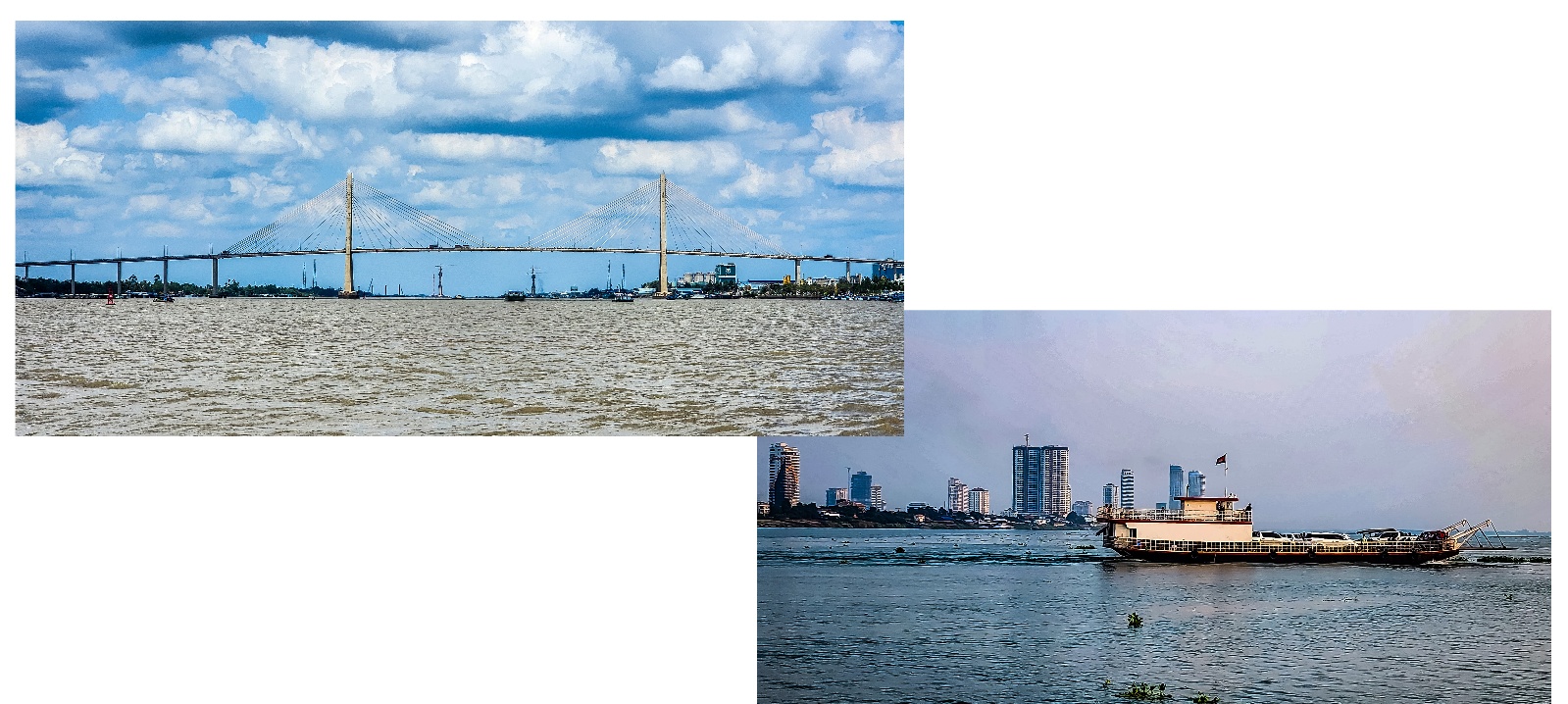
Bridges and crossings across the Mekong
Do you know 97 bridges, crossings span the Mekong from Tibet to Vietnam Mekong Delta?
69 in China, 1 in Myanmar/Laos, 5 in Laos, 7 in Thailand/Laos, 7 in Cambodia and 8 in Vietnam.
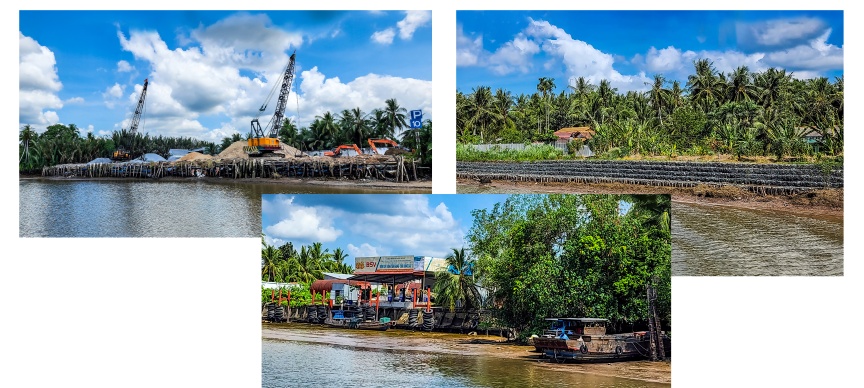
Environmental issues
Droughts linked to changing climate, hydroelectric dams are damaging the Mekong ecosystem. Rudimentary sewerage treatment cause water pollution and impacts river’s ecological integrity.
Sand mining impacts local areas, affecting river’s natural flow and embankment instability, increased salinity levels, disturb and displace various local species.
90% of 8.3 billion tonnes plastic waste on earth is flushed by just 10 rivers – Mekong is one of them.
Academics, NGOs and scientists have urged international community and Mekong River Commission to reduce use of hydropower; concerns of long-term sustainability. Urged shift to solar and other forms of renewable energy …
Conclusion
We should be aware of changes to our world – Mekong River is significant and valuable to us.
Long-term sustainability is important – we should do our part to keep, maintain this fragile world we live in.
Progress is great – but give thought to ensure we leave something worthwhile for future generations.
Let’s be responsible and do our part.
